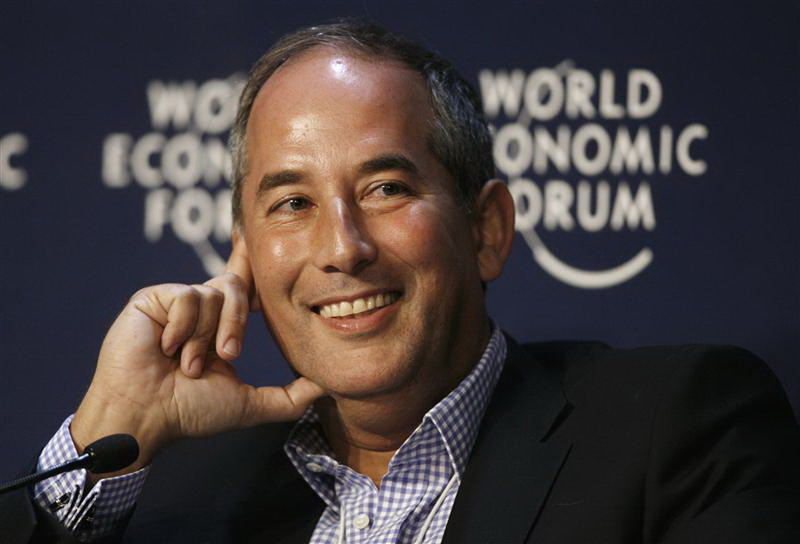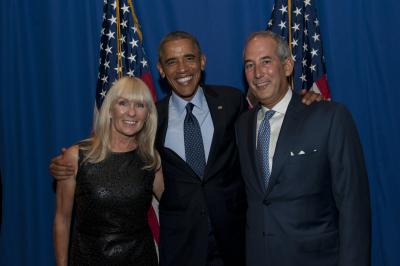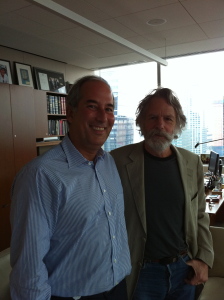In these pages a year ago I argued that it was high time that the media got personal. Consumers had demanded and technology was allowing media companies to broadcast multiple streams of desired content not just a single feed. Consumers were now editors making decisions about what news they received and when and how they received it.
Twelve months on the picture has changed again. While media companies are catching up with this demand for "personalisation" our audiences have moved on dramatically. Now they are consuming creating sharing and publishing their own content online.
There were indications last year that a significant shift in the balance of power between professional content companies and home-based creators lay ahead. After all we had just experienced the first US presidential race in which blogging had played a big part in shaping and leading opinion. Since then we have seen an explosion of creativity. Conservative estimates suggest 80000 new blogging sites are launched every week. David Miliband will soon be the first British cabinet minister to have his own blog site.
But it is not just bloggers – it is citizen journalists armed with their 1.3 megapixel camera phones people "mashing" together music and images to create new music videos kids making their own movies and posting them on sites such as Stupidvideos.com or MySpace.com. In fact Rupert Murdoch’s acquisition of MySpace.com one of the most popular of the online forums is probably the best indication yet that home-made content has made it to the boardroom decision-makers.
So what has changed and what action should we take?
It is important to understand what has changed. Bloggers after all have always been a part of history – read Daniel Defoe Samuel Pepys or James Boswell. The same is true for citizen journalists: just check out first-hand accounts of any big historical event. The difference now is the scale of distribution and the ability to search. Because of this we in the media industry face a profound challenge as significant and transformational as Internet 1.0. So how should we respond to and control content fragmentation in this era of two-way flow?
First media companies need to be "seeders of clouds". To have access to high-value new content we need to attract a community around us. To achieve that we have to produce high-quality content ourselves then display it and let people interact with it. If you attract an audience to your content and build a brand people will want to join your community. This is as true for traditional "letters to the editor" as for MySpace.com.
Second we need to be "the provider of tools". This means promoting open standards and interoperability which will allow a diverse set of consumer-creators to combine disparate types of content.
Third we must improve on our skills as the "filter and editor". Media have always had these functions. The world will always need editing: consumers place value in others making decisions about what is good and what is not.
After all just because everyone now has the ability to publish their own work does not make them the next Salam Pax the pseudonymous blogger at the time of the invasion of Iraq. It is our job as media companies to find that new content gold in the pan of dust and dirt and give it a mass audience.
Pro-Am Co-operation
In the news industry professional and "amateur" content combined creates a better product. It tells the story at a deeper level. Take the tragic Boxing Day tsunami in 2004. For the first 24 hours the best and only photos and video came from tourists. By day two professional news organisations got to the scene and captured the horror of the aftermath influencing the international response by capturing the sheer scale of the disaster. A pro-am co-operation meant telling the story at another level – the horror of the wave strike and the tragedy of the aftermath.
You have to be open to both amateur and professional content to tell the story completely. I believe that professional articles and photographs if available will generally be authoritative. But in the first instance they can be complemented by content created by amateurs.
We are now at our crossroads. Old media – and I now would include the first wave of online publishing – have a choice: integrate the new world or risk becoming less relevant. Our industry must not fall into the old protectionist strategies that defined the first phase of the internet. The internet was not invented just to show a replica of yesterday’s newspaper with a few banner advertisements. We cannot be the choke-hold blocking the new creators in a bid to protect our legacy businesses.
There is no doubt that our businesses will be stronger if we employ a more collective and open-minded approach to content. The media world is changing again. It is becoming far more exciting for the consumer but posing challenges for media businesses. We all now have access to a rich world of new content creators. The trick is how we use that opportunity.
Published in Financial Times 8 March 2006





